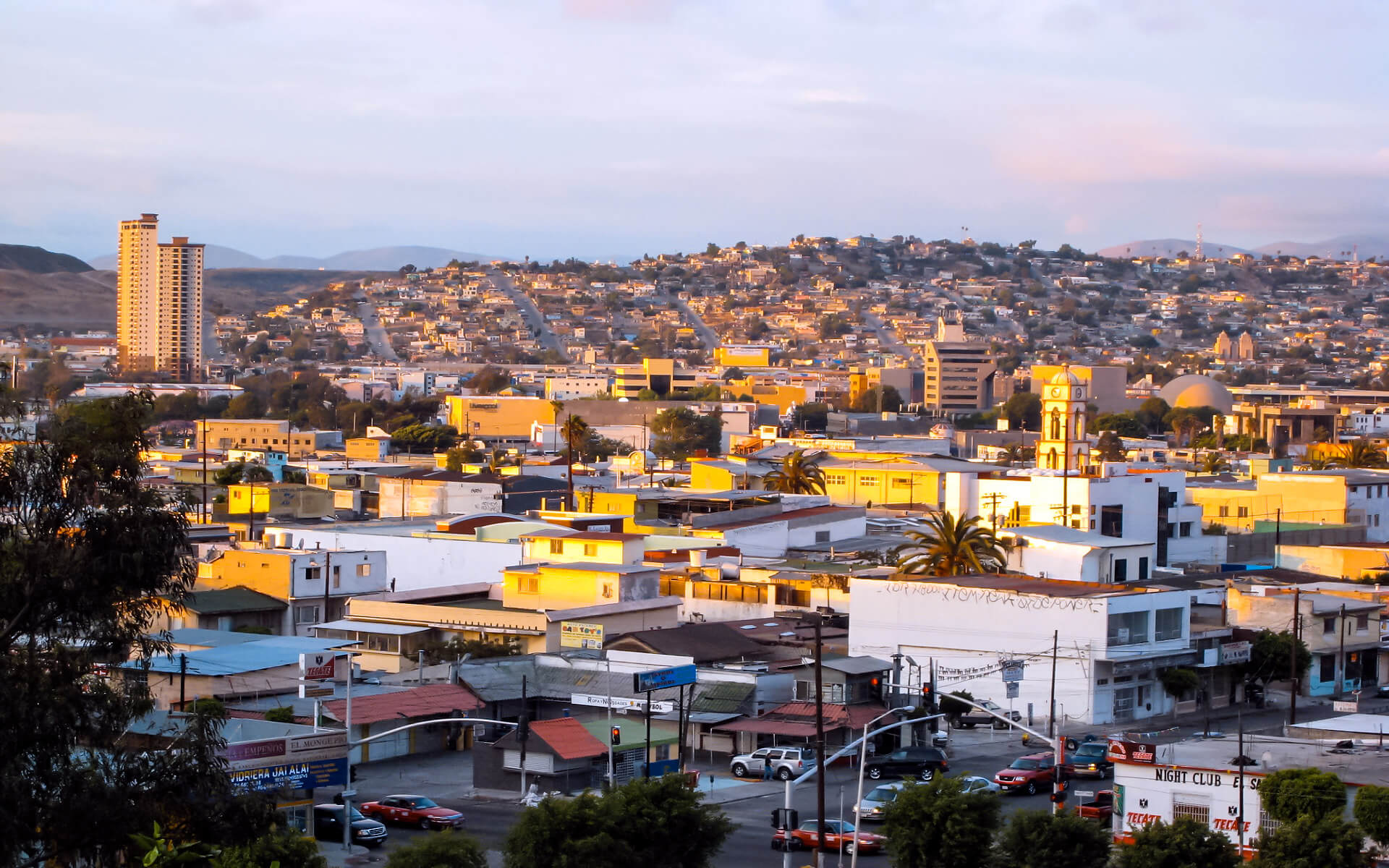Tijuana is the biggest city in Baja California and the Baja California Peninsula, as well as the hub of the Tijuana metropolitan region, which is included in the international San Diego–Tijuana metropolitan area. Tijuana, being Mexico’s industrial and financial hub, has a large effect on economy, education, culture, art, and politics. As the city has grown to prominence in the nation, so has the surrounding metropolitan region, which has developed into a significant industrial and political hub in northern Mexico. Tijuana, one of Mexico’s fastest expanding metropolitan regions, retains global city status. Tijuana had a population of 1,696,923 people in 2015.
On Baja California’s Gold Coast, Tijuana serves as the municipality’s capital and cultural and commercial hub, encompassing 70% of the municipality but housing more than 80% of its inhabitants. As the continent’s primary industrial hub, the city is home to several multinational conglomerate corporations. Tijuana became North America’s hub of medical device production in the early twenty-first century. Tijuana, which is also a burgeoning cultural hub, has been regarded as a significant new cultural hotspot. The city is the world’s most visited border city; sharing a roughly 24-kilometer-long (15-mile) border with sister city San Diego, over fifty million people cross the border each year. With this urban crossing, the San Ysidro Port of Entry becomes the world’s busiest land border crossing. The two border crossing stations between the cities of San Diego and Tijuana are estimated to account for 300,000 daily border crossings.
Tijuana is Mexico’s westernmost city, ranking 29th in the Americas. According to the 2010 census, the Tijuana metropolitan area had a population of 1,784,034, however rankings varied; the city (locality) itself was ranked sixth, while the municipality (administrative) was ranked third. The international metropolitan region’s population was estimated to be slightly more than five million in 2009 and approximately 5,105,769 in 2010, making it the third largest metropolitan area in the former California region, the nineteenth largest in the Americas, and the largest binational conurbation shared by the United States and Mexico. Tijuana, like San Diego, is suburbanizing; throughout the 2000s, drug violence drove citizens out of the city’s crowded central business district and into remote neighborhoods within the municipality and beyond, as demonstrated by 2010 Census data and growth trends.
Tijuana’s current history dates all the way back to the 16th century, when Spanish explorers arrived to study the Californian coast. As the invasion of northern Mexico by the Americans came to an end with the Treaty of Guadalupe Hidalgo, Tijuana’s new international location on the border spawned a new economic and political framework. On July 11, 1889, the city was created as urban growth started. Often referred to by its initials, T.J., and dubbed Gateway to Mexico, the city has functioned as a tourist destination since the 1880s.


